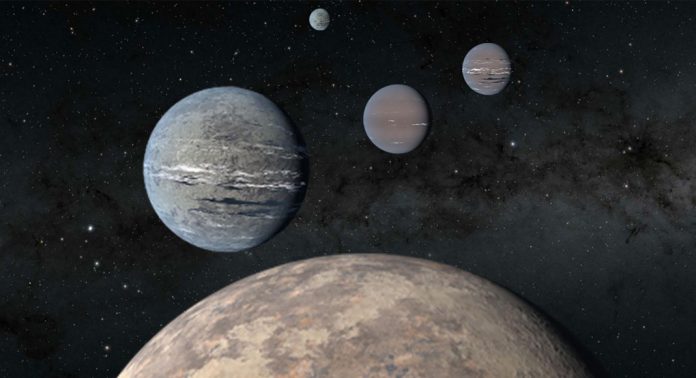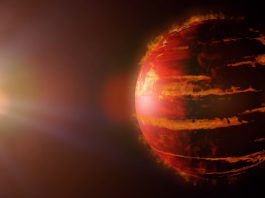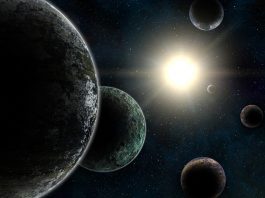Two teenagers from the US have discovered four new exoplanets through the Harvard and Smithsonian mentorship programme.
This week, 16-year-old Kartik Pinglé and 18-year-old Jasmine Wright have co-authored a peer-reviewed paper in The Astronomical Journal describing the discovery of four new exoplanets about 200-light-years away from Earth. The high school students participated in the research through the Student Research Mentoring Program (SRMP) at the Center for Astrophysics | Harvard & Smithsonian. The SRMP connects local teenagers who are interested in research with real-world scientists at Harvard and MIT.
Pinglé and Wright’s particular achievement is rare. Teenagers seldom publish research, astrochemist Clara Sousa-Silva, who directed the programme, said: “Although that is one of the goals of the SRMP, it is highly unusual for high-schoolers to be co-authors on journal papers.”
The students studied and analysed data from the Transiting Exoplanet Survey Satellite (TESS). TESS is a space-based satellite that orbits around Earth and surveys nearby bright stars with the goal of discovering new planets. The team focused on TESS Object of Interest (TOI) 1233, a nearby, bright Sun-like star.
Pinglé explained: “We were looking to see changes in light over time. The idea being that if the planet transits the star, or passes in front of it, it would [periodically] cover up the star and decrease its brightness.”
To the team’s surprise, they discovered not one but four planets orbiting around TOI-1233. Three of the planets are considered ‘sub-Neptunes’, gaseous planets that are smaller than, but similar to our own solar system’s Neptune. It takes between 6 and 19.5 days for each of them to orbit around TOI-1233. The fourth planet is labelled a ‘super-Earth’ for its large size and rockiness; it orbits around the star in just under four days.
Thanks to a partnership with the City of Cambridge, the students are paid four hours per week for the research they complete. Sousa-Silva said: “They are salaried scientists. We want to encourage them that pursuing an academic career is enjoyable and rewarding – no matter what they end up pursuing in life.”









